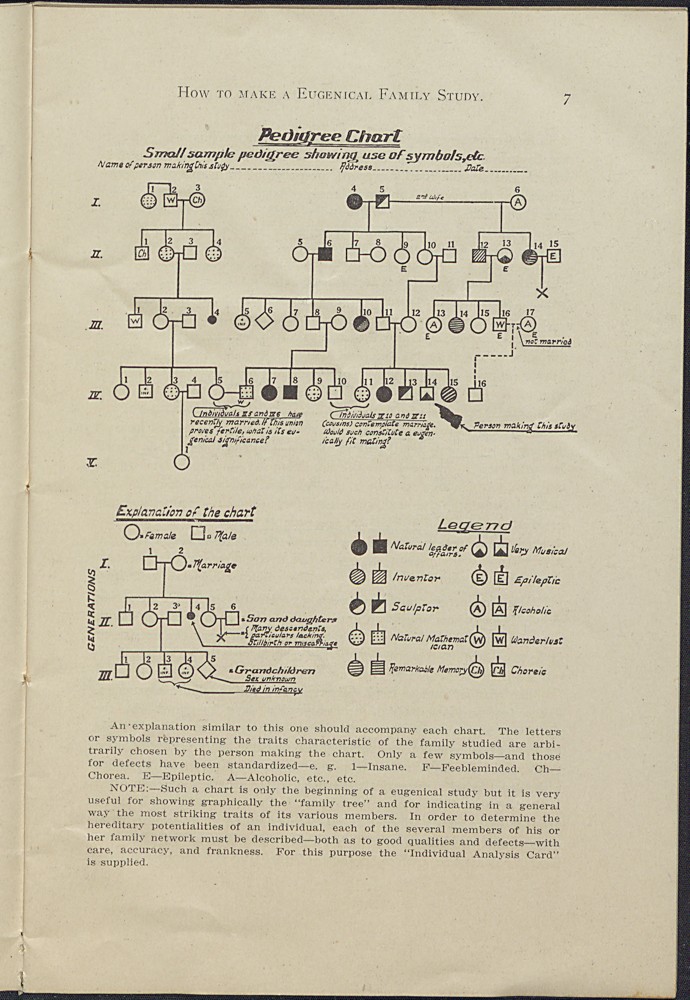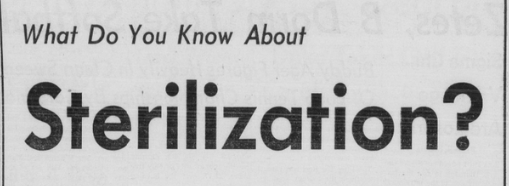We have another new primary source set on DigitalNC. This new set focuses on the eugenics movement and selective sterilization in North Carolina, and is largely composed of newspaper articles and advertisements that discuss eugenics or sterilization. Other than the sources themselves, the set includes background information, discussion questions, outside resources, a timeline, and context statements for each source. Here’s a brief introduction to the Eugenic Movement in North Carolina set:
Eugenics in North Carolina
Time period: 1913-2014
Eugenics is the theory that humankind can improve itself by selectively breeding out what are considered undesirable traits, while selectively breeding for what are regarded as desirable traits. Eugenics was first proposed by a mathematician, explorer, and anthropologist named Sir Francis Galton, whose ideas helped spread eugenicist thought and practices into widespread popularity, even in North Carolina. Through the early to mid-twentieth century, a practice known as sterilization played a key part in the state’s own eugenics movement.
Sterilization is a medical procedure that impedes a person’s ability to reproduce. Through sterilization, North Carolina prevented people who were considered undesirable from having children. “Undesirable” people included individuals with mental disabilities, who were often referred to as “mentally defective” or “feebleminded.” Eugenics supporters believed that the children of such people could inherit their “inferior” traits, causing a “burden” on the parents, the public, and the state. By sterilizing these individuals, they thought the burden could be eased. While groups like the Human Betterment League claimed that the procedure was done with the consent of the patient or their family, many individuals were forced or coerced into sterilization.
Official apologies for sterilization were made in 2002, but it was not until 2010 that North Carolina created a compensation plan for victims of forced sterilization. Victims received $20,000 as payment, but many have criticized the program for its eligibility requirements and for coming too late; by the time the program was established, many victims were thought to have died.
Teacher, students, researchers, and anyone interested in learning more about the eugenics movement in North Carolina can find the primary source set on our resources page. If you would like to give us feedback on the sets, please contact us here.


